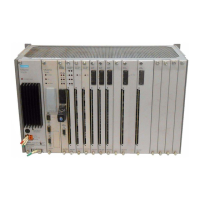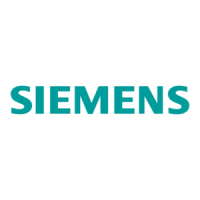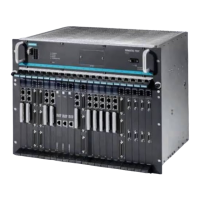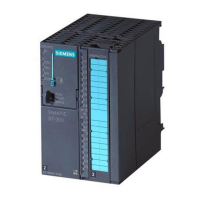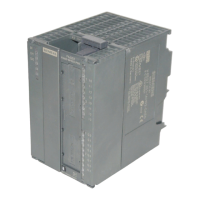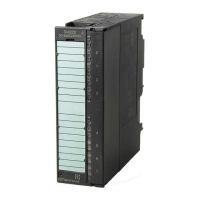Uses and properties of the TIM
1.7 Transmission types and connection establishment
TIM DNP3
24 System Manual, 12/2015, C79000-G8976-C253-04
DNP3 communication between stations
Depending on the network type via which the DNP3 stations communicate, communication
between the DNP3 stations is handled as follows:
●
The DNP3 stations are connected via the following network types:
– Ethernet
– Dial-up network
A direct connection is established.
●
Inter-station communication
The DNP3 stations are connected via the following network types:
– DNP3 dedicated line
The connection is always via the CPU of the DNP3 master station or a higher-level node
station.
Data received in the master station or node station from the transmitting source station is
initially stored on the CPU of the master or node station. For this to be possible, receive
objects must be configured on the TIM of the master or node station.
In a second step, the data must then be read out of the CPU by send objects and
forwarded to the destination station.
Diagnostics and programming functions provided by SIMATIC and SIMATIC NET
Telecontrol for station automation and telecontrol communication can be used via Ethernet
while process data transmission is active.
You will find details in the section SINAUT diagnostics and service tool (Page 242).
Transmission types and connection establishment
Transmission types (prioritization)
The priority of the transfer of the process values from the station to the master station is
configured in the parameter box "Send parameters" for sending communications objects:
The configuration of the send parameters is described in the following section:
Data objects: Partner and send parameters (Page 194)
●
The data is read out of the image memory of the station TIM when it is polled by the
DNP3 master station (class 0 poll).

